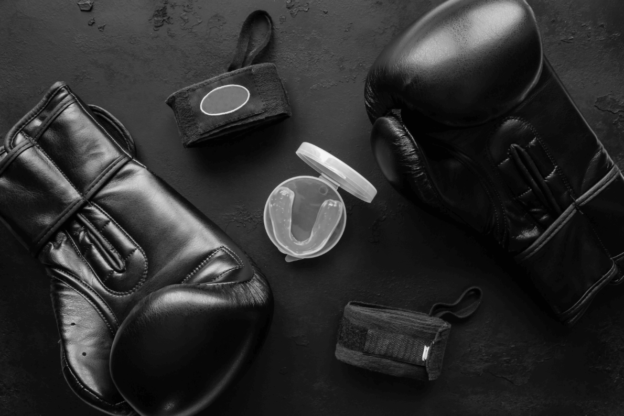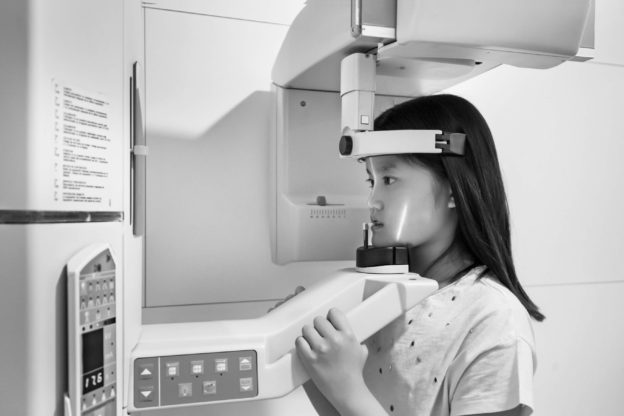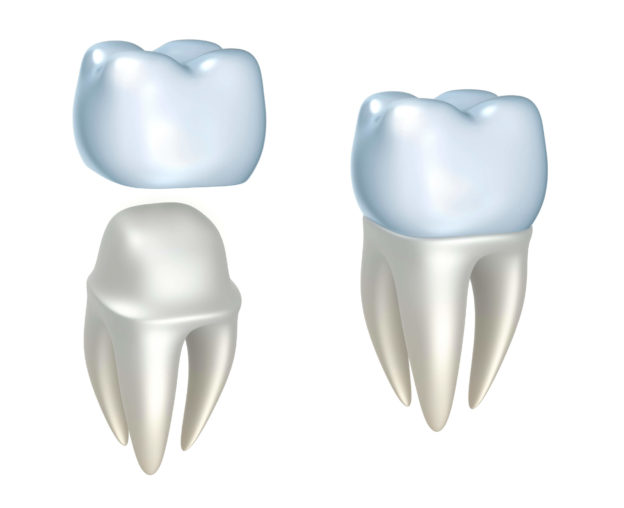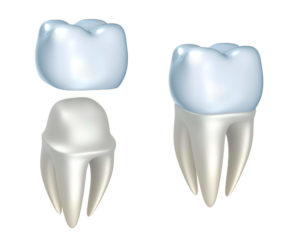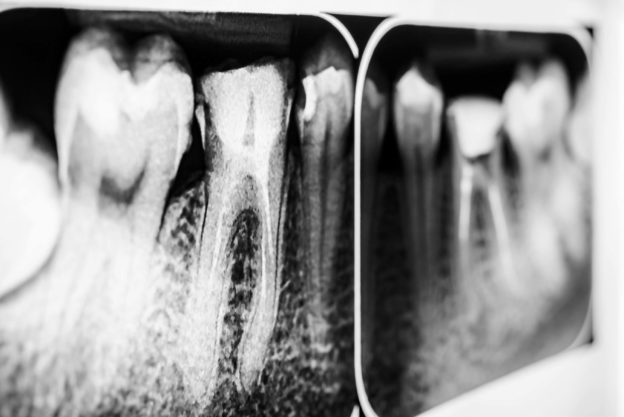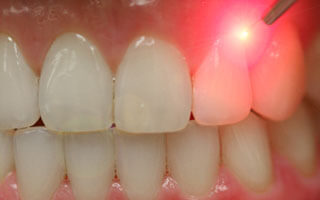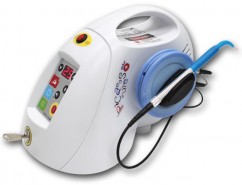By: Karli Willden
You get one set of teeth in your life and that’s it! How well you take care of your teeth throughout your life will determine how long you get to keep your teeth through the years. Understanding what may put your teeth in jeopardy of damage or decay is the best way to prevent unnecessary damages to your teeth. Below are a few tips on how you can avoid these hazards, and how you can better take care of the teeth that you have.
Potential Problems:
- Tooth Decay
- Knocked Out Teeth
- Teeth Grinding
- Cracked Teeth
Keep Proper Dental Hygiene Habits
Poor dental hygiene causes unnecessary tooth hazards. For example, when you do not keep up with your daily dental hygiene habits, your teeth and gums begin to decay. Tooth decay can lead to cavities, inflamed gums, infection, tooth pain, cysts, tooth loss, and even damaged nerves. In order to prevent this series of unfortunate events, be sure to keep up with your daily brushing and flossing, and schedule your biannual visit to the dentist for a checkup.
Watch What You Eat
The main purpose for our teeth is to help us eat and chew our foods. While our teeth are strong and designed to chew a wide variety of foods, our teeth are not indestructible. Our teeth can become chipped, cracked or otherwise damaged, if we aren’t careful. With that being said, be cautious eating hard or sticky foods. Limit your consumption of alcohol or coffee, as well as acidic or sugary substances. Avoid chewing anything which makes your teeth vulnerable to breaking, particularly ice or other hard substances. Do not get in the habit of using your teeth as a tool to open plastic packages or bottle caps. Take good care of your teeth, and remember they aren’t indestructible. If your teeth do become chipped or cracked, rest assured restorative dental techniques can fix them, but it’s best to avoid these unnecessary tooth hazards when possible.
Wear A Night Guard
Even when you sleep at night, you are not completely exempt from tooth hazards. For example, tooth grinding is a problem which can cause quite a bit of damage to your teeth if left unchecked. Tooth grinding might be caused by misaligned teeth or stress, but either way can cause quite a bit of wear on your teeth. If your spouse tells you you grind your teeth at night, or if you wake up in the morning with a sore jaw, then you’re probably a teeth grinder. Since teeth grinding is often difficult to control, you may want to get a night guard to protect your teeth. At your next appointment, ask your dentist to make you a night guard to help with this problem.
Wear A Sports Guard
Last, but not least, unnecessary tooth hazards can be avoided simply by wearing an athletic sports guard. Athletic sports, particularly contact sports, tend to cause injuries from time to time, especially in the mouth. Losing a tooth during one of these athletic events would be unfortunate, which is why protecting your mouth in sports such as football, wrestling, hockey, boxing, baseball, or rugby, is essential.
There are a variety of different types of sports guards available from which you can choose, at many different prices levels. You can get a custom sports guard made at your local dentist, or you can buy a generic sports guard at your local sports store, boil it, and have it fitted to your mouth. Ask your local dentist which he or she would recommend for you individually.
If you have any more questions on how you can prevent unnecessary tooth hazards, give our dentist in Idaho Falls a call today at (208) 524-1700.












